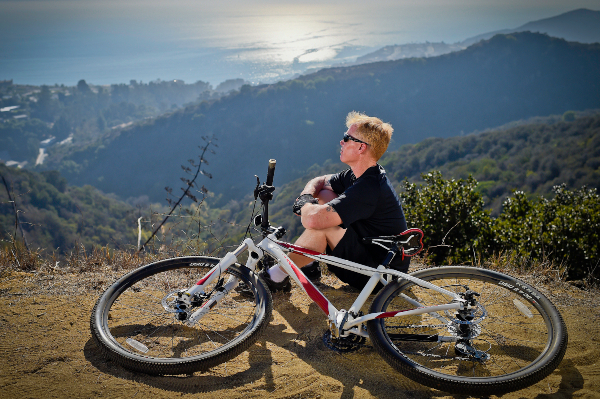How Cycling Benefits Wounded Warriors

For many, it’s easy to remember balancing atop a bicycle for the first time as a child. The sense of accomplishment and independence was empowering. Now, cycling is picking up in popularity with adult riders.
Among these adults are many injured veterans who find themselves returning to streets and trails as a means to rehabilitate and focus on their physical wellness. Before too long, that sense of accomplishment and independence once found as a child is rekindled. Soon these warriors realize their mental health is also improving. Seat time is benefiting veterans in more ways than one.
Physical Wellness — A staggering 41% (1.8 million) of post-9/11 veterans exit military service with a disability rating with the VA, according to a 2019 annual survey by the Bureau of Labor Statistics. These injured veterans return home and struggle daily with the aftermath of physical sacrifices made in service to their country.
Added to a fitness routine, cycling becomes more than just an activity to get the heart pumping — it’s a life-changing opportunity for recovery. Cycling is a rejuvenating cardio workout, and with the sport’s extensive selection of adaptive equipment, personal modifications can be made to accommodate a warrior’s unique injuries. It allows warriors to get on the bike and enjoy the ride — all while reaping the rewards of an active lifestyle.
“I discovered that my mind is relaxed when I’m on the bike,” said David Camacho, U.S Army wounded warrior. “My legs are getting stronger, and bicycling is helping me lose weight. I never thought about being a cyclist, but it’s allowed me to make new friends and keep in touch with how they’re doing in their recoveries.”
Mental Wellness — In 2018, the U.S. Department of Veteran Affairs (VA) treated more than 1.7 million veterans for mental health issues, including combat stress, depression, and post-traumatic stress disorder (PTSD). The agency’s National Center for PTSD reports that about 11% to 20% of veterans who served in Operations Iraqi or Enduring Freedom experience PTSD in a given year. Like many group activities, cycling supports the recovery needs of warriors by reintroducing the bonds they experienced during military service. Peer support and mentorship play a significant role in healing as injured veterans rely upon each other’s learned experiences when managing day-to-day challenges. In a Wounded Warrior Project® (WWP) survey of the wounded warriors it serves, 31% expressed physical activity is one of the things that helps them cope with stress and emotional concerns. The same survey shows that more than one in three warriors (37%) talk with fellow veterans to address their mental health concerns.
“My post-traumatic stress disorder makes me feel like I’m on my back and someone’s standing on my chest,” said Brian Fulford, U.S. Marine Corps wounded warrior. “But being around other warriors who struggle with social anxiety in the same way gives me hope. Everyone was amazing; the camaraderie was so great. I didn’t want to leave.”
The healing gains linked to cycling can be found on any warrior’s face who finds recovery through pedaling — whether outdoors or indoors for social distancing. Warriors are connecting and restoring independence in their daily routines. Learn more about WWP’s nationally recognized Soldier Ride® program and other WWP programs here.
Contact: Vesta M. Anderson — Public Relations, vanderson@woundedwarriorproject.org, 904.570.0771
About Wounded Warrior Project
Since 2003, Wounded Warrior Project® (WWP) has been meeting the growing needs of warriors, their families, and caregivers — helping them achieve their highest ambition. Learn more.